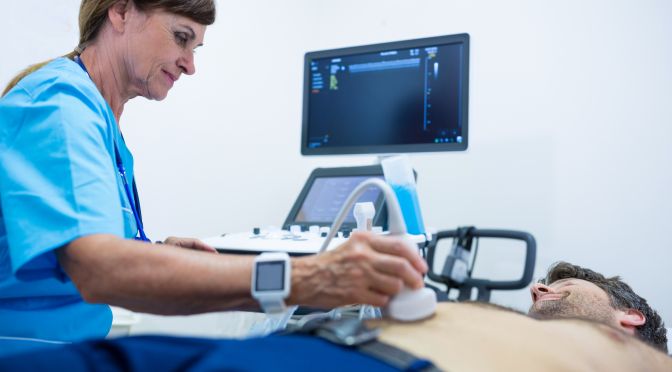
Ease of Use and Intuitive Interface
Choosing the right Electronic Medical Record (EMR) system is one of the most important decisions a doctor or practice manager can make. The right EMR can significantly improve patient care, streamline workflows, and enhance operational efficiency, while the wrong choice can lead to frustration, wasted time, and financial loss. With so many options on the market, selecting the best EMR system requires careful consideration of specific features, ease of use, and the overall needs of your practice.
In this guide, we will explore the critical factors doctors should consider when choosing an EMR, highlighting the best EMR features that can make a difference in day-to-day operations.
The last thing any doctor or medical staff wants is an EMR system that is complicated or difficult to navigate. One of the most important criteria for selecting the right EMR is ensuring it has an intuitive, user-friendly interface.
Fast Learning Curve: The EMR system should be easy to learn and use, even for staff with limited technical expertise. A user-friendly system reduces the amount of time spent on training and minimizes errors during patient care.
Simplified Navigation: Look for an EMR that makes it easy to move between patient records, billing, and scheduling. The fewer clicks it takes to get the job done, the better.
- 2.Comprehensive Documentation Features
Doctors spend a significant amount of time documenting patient interactions. An EMR with robust documentation features can help reduce the time spent on this task while improving accuracy.
Customizable Templates: A good EMR should allow doctors to use customizable templates for common diagnoses, treatments, and procedures. This can save time by reducing the need to start from scratch for each patient visit.
Voice Recognition: Many modern EMR systems offer voice recognition software that allows doctors to dictate notes directly into the system. This can be a huge time-saver and makes it easier to focus on patient care rather than typing.
Clinical Decision Support: Some EMRs come with built-in tools that offer clinical decision support, helping doctors make informed decisions by providing evidence-based guidelines during patient visits.
3. Patient Scheduling and Workflow Management
Effective scheduling is essential for managing patient flow and ensuring that no appointment or follow-up is missed. An EMR with advanced scheduling features can help streamline this process.
Integrated Scheduling: Choose an EMR that integrates patient scheduling with the rest of the system. This allows front desk staff to schedule appointments, notify doctors, and update patient records all within the same platform.
Appointment Reminders: Look for an EMR that offers automated appointment reminders via email or text message. This feature reduces no-shows and ensures that patients are kept informed of upcoming visits.
Workflow Management: An EMR that allows you to create, track, and optimize workflows ensures that tasks such as billing, lab results, and referrals are completed on time, reducing bottlenecks in patient care.
4.E-Prescribing and Medication Management
One of the best EMR features for enhancing patient safety and convenience is e-prescribing. This functionality allows doctors to send prescriptions directly to pharmacies electronically.
E-Prescribing: The EMR should offer a seamless e-prescribing feature that reduces the risk of prescription errors, ensures faster processing, and allows doctors to track medication history more effectively.
Drug Interaction Alerts: The system should automatically alert doctors to potential drug interactions or allergies when prescribing medications, reducing the risk of adverse effects.
5. Telehealth Integration
Telehealth has become a critical service for many medical practices, especially in the wake of the COVID-19 pandemic. If your practice offers remote consultations, your EMR should support telehealth integration.
Video Consultations: An EMR that supports video conferencing ensures that patient records are updated in real-time during telehealth visits, keeping everything in one place.
Remote Monitoring: Some EMR systems offer integration with remote monitoring devices, allowing doctors to track patient vitals and progress from a distance.
Selecting the right EMR is a critical decision that can have a profound impact on your practice’s efficiency, patient care, and financial health. By focusing on the key features outlined above—such as ease of use, e-prescribing, billing integration, and data security—you can ensure that your EMR system meets the unique needs of your practice and enhances your day-to-day operations.
If you’re looking for an EMR that’s tailored to your practice’s needs, offers advanced features, and ensures seamless integration across your operations, contact us today to learn more about our comprehensive EMR solutions for doctors and healthcare providers.
LEARN MORE ABOUT International Marketing Agencies in Lebanon

